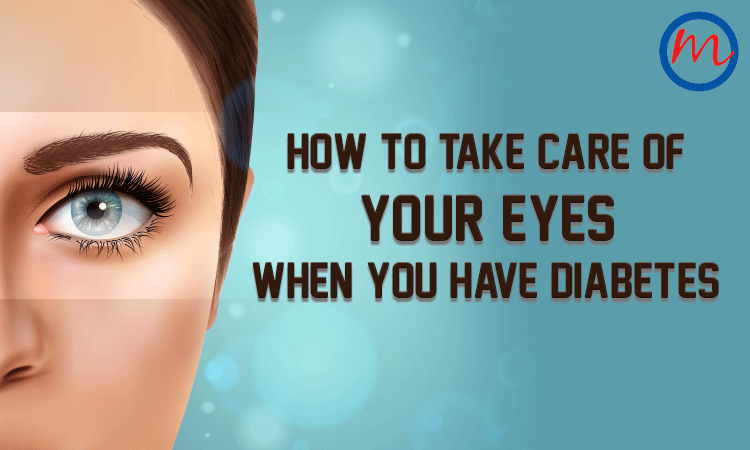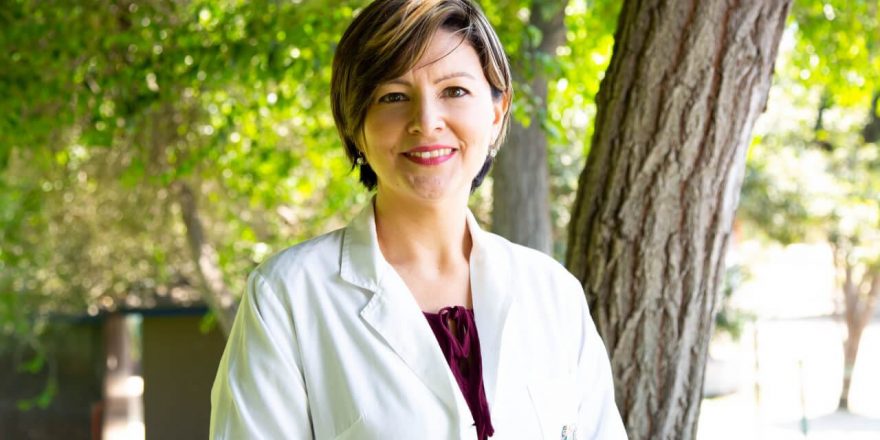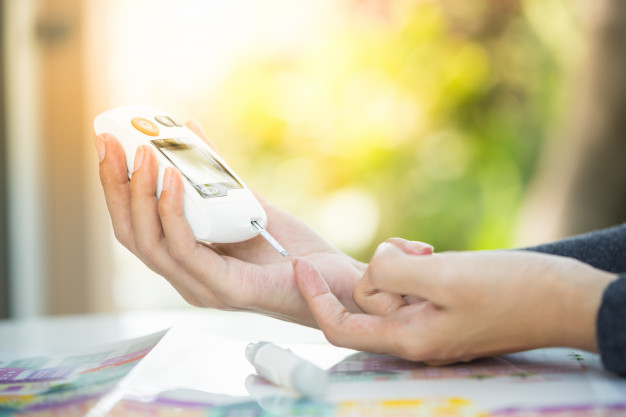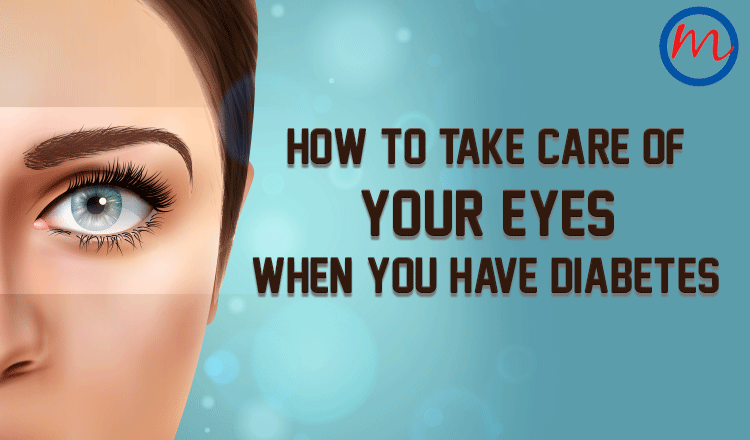Diabetes does not necessarily lead to vision loss if you manage your condition proactively and prevent complications.
Diabetes is a silent killer. High sugar in the blood damages your body silently, invisibly. Sometimes, long before you are diagnosed with the disorder. If you don’t treat it, over time, it wreaks havoc: on your nerves, blood vessels, your organs. The longer it is neglected, the complications worsen. While the risk of heart problems, stroke and kidney damage are well-known, the risk to vision remains a relatively overlooked injury. This piece is dedicated to diabetic retinopathy or diabetic eye disease.
A PUBLIC HEALTH CRISIS
For a long time, diabetic retinopathy as a national problem has escaped the radar of policy-makers. There have been quite a few studies on its prevalence across India. And this has throw light on the magnitude of the problem. The CURES studies done by Dr. Rema Mohan and colleagues from the Madras Diabetes Research Foundation Chennai showed that approximately 18% of people with diabetes have some form of diabetic retinopathy with nearly 80 million people in India having diabetes today it means that nearly 14.4 million people in India have diabetic eye disease.
In 2019, came the first National Diabetes and Diabetic Retinopathy Survey (2015-19). Conducted by the Union Health Ministry in collaboration with the Dr R.P. Centre for Ophthalmic Sciences at the All India Institute of Medical Sciences, Delhi, the massive survey across 21 districts studied 63,000 people age 50 years and above. What it found was a startling 3.6 per cent had with vision-threatening retinopathy. Blindness and visual impairment due to diabetes could potentially become an epidemic in India in the future.
HOW THE EYE WORKS
The eye works like a camera. The cornea, pupil and the lens at the front of the eye allowing light to pass through. The cornea bends light to help the eye focus, the coloured iris controls how much light the pupil lets in. The lens works toward focusing the light correctly on the retina.
This light goes through a large cavity, filled with a clear gel (vitreous) in the centre of the eye. The light, then, hits the seeing tissues of the eye, a thin layer called the retina, covering the back inside wall of the eye. A picture is taken. Special cells called photoreceptors turn the light into electrical signals and messages are sent to the brain via the optic nerve.
The brain interprets these messages and we make sense of what we see. The retina has two parts: the peripheral part and the macula at its centre. The former gives us a vision to the side, can’t make out details and can’t be used to read, write or drive. The latter gives us the fine details, read the fine print, thread a needle, or drive.
WHAT HAPPENS IN THE EYE
The retina is chockfull of arteries, veins and capillaries. These vessels nourish the retina with blood and oxygen. Excess blood sugar and blood pressure can corrode these vessels, which is called diabetic retinopathy. Diabetes, however, affects your vision in different ways:
- The first stage is non-proliferative diabetic retinopathy (NPDR), when tiny bulges occur on the walls of the smaller vessels, sometimes leaking fluid and blood into the retina. Larger blood vessels can dilate, as well. All this start to shut down the capillaries. More and more blood vessels become blocked. As a result, certain areas of the eye does not get adequate circulation, oxygen, and other nutrients. The nerve fibres in the retina may begin to swell.
- NPDR can progress to a more severe stage: proliferative diabetic retinopathy (PDR). In this stage, the damaged blood vessels close off. Deprived of oxygen and nutrients, new abnormal capillaries start to form on the retina. They bleed and leak even more fluid into the eye, affecting vision. Untreated, they can also grow into the macula and affect your vision.
- With fluid leaking from the capillaries, the macula starts to swell. The resulting condition is macular oedema, where vision gets blurry and distorted and can even lead to vision loss in the centre of your vision. All of these can steal your vision
- Diabetes can also make you more likely to develop other eye disorders. For instance, people with diabetes are 2–5 times more likely to develop cataracts—a condition when excess blood sugar make eye lenses cloudy. Cataract is considered a major cause of visual impairment in people with diabetes. They also have a higher risk of complications after cataract surgery (phaco-emulsification) compared to those without.
- The abnormal capillaries are fragile. Sometimes they break, bleed or shrink. Sometimes they cause scar tissues to develop. All this can, slowly or suddenly, pull the retina off from the back of the eye, a condition called retinal detachment. Sometimes, new blood vessels interfere with the normal flow of fluid out of the eye and pressure builds up in the eyeball. This can damage the optic nerve, resulting in glaucoma.
THE RISKS AND SYMPTOM
Diabetic eye disease a malady that develops over time. Although it can affect your vision, it is not visible early on. Hence, your risk for developing diabetic retinopathy is greater if you have had diabetes for a long time. The other risk factors are chronically high blood glucose; high blood pressure; cholesterol problems; smoking and tobacco use; a family history of both diabetes and eye problems.
The most common symptoms of nondiabetic retinopathy are cloudy, blurred vision; spots or a sudden onset of black strings (floaters) in your vision; loss of peripheral vision that spreads towards the centre; problem with central vision when reading; seeing straight lines as bent; problem with night vision; gradual increase of “floaters”; light flashes; fluctuating vision; impaired colour vision; dark or empty areas in your vision; vision loss. Remember that till late stage there can be no symptoms. Whatsoever! Diabetic retinopathy usually affects both eyes.
THE LAST WORD
Careful management of your diabetes is the best way to prevent vision loss. Cut down on your risk of getting diabetic retinopathy by practising the following:
- Monitor your blood sugar level rigorously and frequently. Ask your doctor how often you need to test your blood sugar, or if you should take the HbA1C test.
- Keep your cholesterol and triglycerides in your target range.
- Manage your blood pressure. A BP of 140 mmHg or lower has been shown to decrease retinopathy progression in people with type 2.
- If you notice a change in vision, especially blurry, spotty or hazy vision. Consult your eye doctor right away.
- If you have diabetes, see your eye doctor for a yearly eye exam with dilation, even if your vision seems fine.
- Pregnancy may worsen diabetic retinopathy, so consult your diabetes and eye doctor if you’re pregnant.
- Take oral diabetes medications or insulin as directed by your physician.
- Eat healthy foods, lose extra weight, take medicines if needed, to keep your blood pressure and cholesterol under control.
- Do you smoke or use any other type of tobacco? Remember, tobacco increases your risk of complications, including diabetic retinopathy.
- Try to get at least 150 minutes of moderate activity, such as walking, each week.
- Maintain good eye health: from wearing sunglasses to reduce UV light exposure to taking multivitamins that contain vitamin C, vitamin E, beta-carotene, and zinc.
- Gain more knowledge and educate yourself. Take part in a diabetes education program and read up on diabetes. Take charge of your health.
- Remember: an eye test for diabetes is not a test for wearing glasses. Its a test of the back of your eyes.
- Insist on a detailed eye exam every year if you have diabetes!
Book Appointment
[gravityform id=”10″ title=”false” description=”false”]




